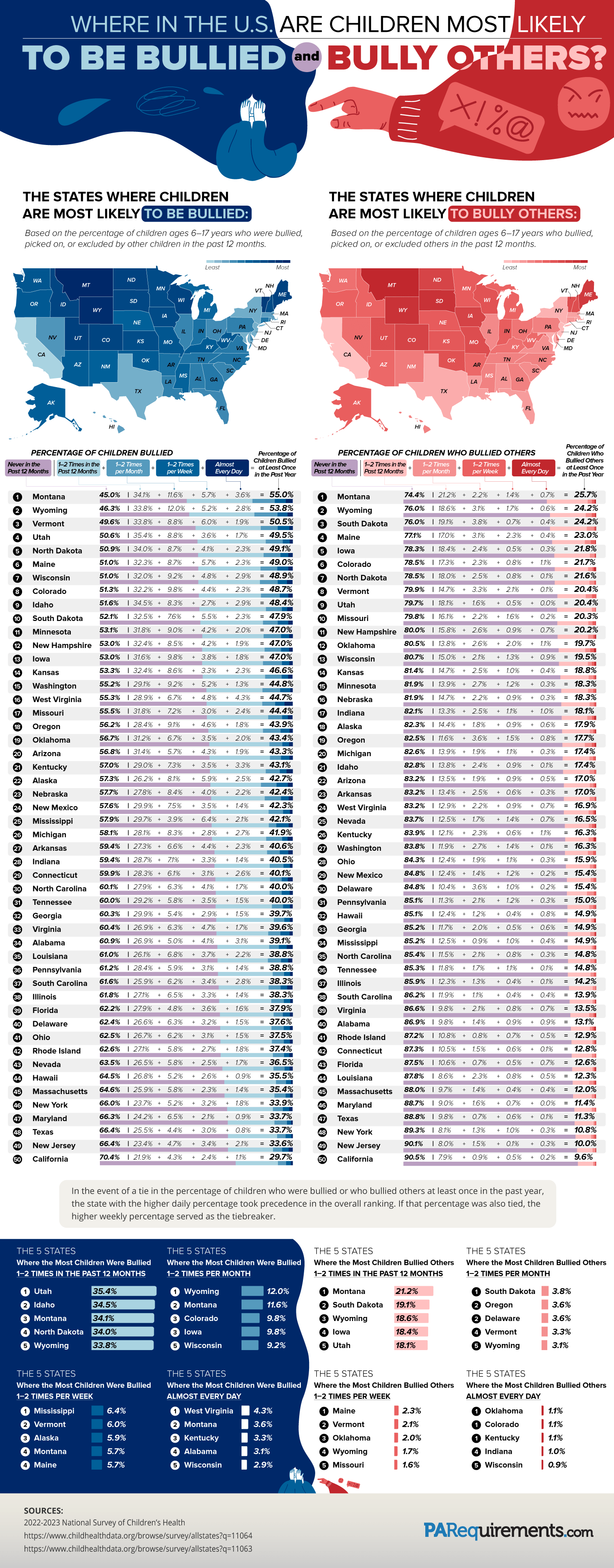Misc Visuals
What Every Patch and Insignia Means on a U.S. Military Uniform
Military uniforms in the United States are as recognizable as they are iconic. Whether it’s in films such as Top Gun Maverick, television shows like M.A.S.H., video games like Call of Duty, or in real life, Americans are exposed to U.S. military uniforms on a regular basis. Most often represented is the active duty combat uniform which is officially called the battle dress uniform or BDU. This camouflaged uniform is complete with a series of patches indicating the identity of the soldier, the branch the soldier is enlisted in, their rank and so much more. What do all of those patches and pins mean? Luckily, the folks at Wizard Pins have created this ultimate visual guide to what every patch you might find on a military uniform means.
Click below to zoom
Differences between military patches on Army, Marine Corps, Navy, Air Force, Coast Guard, and even the newly formed Space Force are surprisingly similar. Differences appear to be largely thematic between each military branch. For example, rank patches on U.S. Air Force uniforms resemble wings. Other patches are reserved for those belonging to special divisions, units, and those who have special skills. The visual does an exceptional job of explaining what each patch signifies and where they can be found.
On combat uniforms, rank patches are intentionally modest in appearance to prevent enemy combatants from being able to easily identify leadership from a distance. U.S. Army uniforms, U.S. Marine Corps uniforms, U.S. Navy uniforms, U.S. Coast Guard uniforms, U.S. Air Force uniforms, and U.S. Space Force uniforms may have subtle differences, but they are all uniforms representing one of the largest military forces on the planet.
Misc Visuals
Exploring Every Movie With an El Camino Appearance
Film buffs and motorheads will be fascinated with this new chart from Speedway Motors that lists every single film appearance of Chevrolet’s El Camino. Since 1959, El Caminos have been a popular car choice for movie sets. They combine functionality with the style of a muscle car, giving it a cool, rugged, yet humble All-American look that makes it surprisingly versatile and suitable for many different film genres. We can see its versatility in this extensive list of hundreds of films that featured an El Camino. The team sorted appearances by year.
Click below to zoom.
The most commonly featured model is the 1978 El Camino, which has 96 film appearances, including Reservoir Dogs, Boyz n the Hood, and There’s Something About Mary. This was one of the bestselling models, featuring a newly smoothed-out chassis in a ‘70s style. The 1982 model is also very popular, with 84 film appearances across a range of genres. Some of the best-known film appearances include Boogie Nights, Straight Outta Compton, and Anchorman, which really demonstrate this model’s versatility. Another popular model is the 1973 El Camino, which features a boxier, late-1970s style appearance. This model is featured in 58 films, including Gremlins and Wall Street.
Models emphasizing a muscle car design are often chosen for car chase scenes. The 1968 El Camino boasts strong lines and a vintage, muscle car-inspired look. It is featured in 53 films, including chases in Steven Spielberg’s Duel and the classic movie Bullitt.
The El Camino shot right to the stars upon release. The original 1959 model has 24 film credits. The 1981 El Camino had a titular role in the Breaking Bad movie. Scrolling through the list, you’ll see that the El Camino is at home in spine-tingling thrillers, nostalgic dramas, action-packed, rough and ready flicks, and indie darlings.
This is the total number of films each El Camino model appears in:
• 1978 – 96 movies
• 1982 – 84 movies
• 1973 – 58 movies
• 1970 – 53 movies
• 1968 – 53 movies
• 1976 – 44 movies
• 1964 – 42 movies
• 1969 – 40 movies
• 1971 – 35 movies
• 1965 – 31 movies
• 1966 – 29 movies
• 1972 – 25 movies
• 1974 – 25 movies
• 1959 – 24 movies
• 1960 – 21 movies
• 1979 – 19 movies
• 1981 – 15 movies
• 1975 – 12 movies
• 1977 – 10 movies
• 1980 – 4 movies
• 1984 – 3 movies
• 1983 – 2 movies
• 1985 – 2 movies
• 1986 – 2 movies
• 1987 – 2 movies
• Unknown year – 2 movies
These lists are fascinating for film buffs who can analyze what appealed to directors and cinematographers for each model of El Camino. Intentional prop choices, like cars, really bring a film to life, and it seems the El Camino has the magic directors are after.
Charts
Map Shows the Most Bilingual Cities in America
The United States is home to a diverse array of cultures, ethnicities, and languages. It attracts visitors and immigrants from all around the world, so it’s easy to find people who can speak another language in addition to English. Census Bureau statistics show that 21% of Americans are bilingual. The team at Preply took a deep dive into this data by determining which cities have the most and least bilingual residents.
Click below to zoom.
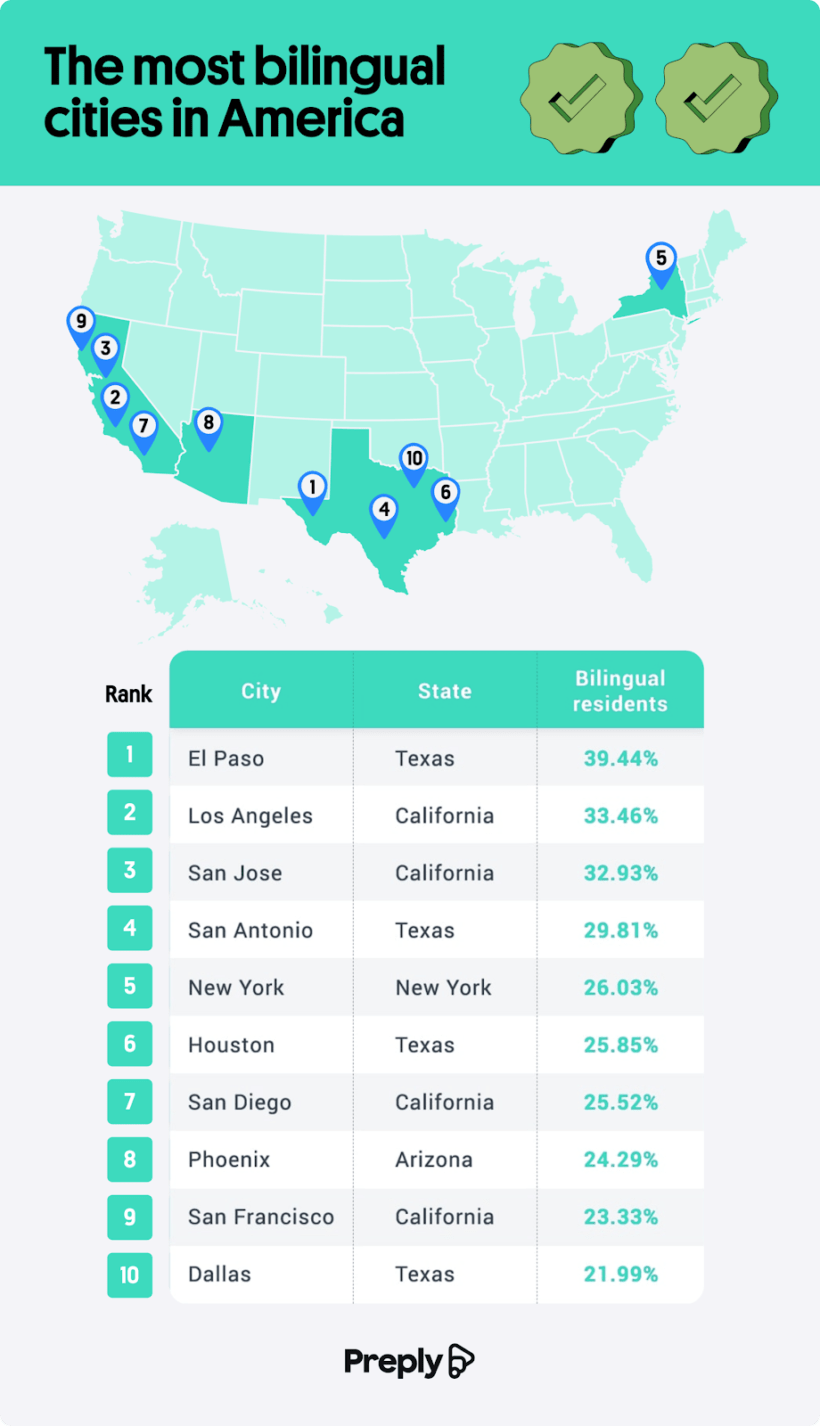 The team defined bilingual as people who report speaking both English and one additional language “very well,” which would mean functioning at a fluency level in two languages. They created two maps to show the results. According to the team’s data, these cities have the most bilingual people in America:
The team defined bilingual as people who report speaking both English and one additional language “very well,” which would mean functioning at a fluency level in two languages. They created two maps to show the results. According to the team’s data, these cities have the most bilingual people in America:
- El Paso, Texas
- Los Angeles, California
- San Jose, California
- San Antonio, Texas
- New York, New York
- Houston, Texas
- San Diego, California
- Phoenix, Arizona
- San Francisco, California
- Dallas, Texas
In El Paso, the majority of the population speaks Spanish, which has been the case since 1965. Seven out of ten residents speak a language other than English. El Paso is located very close to the Mexican border, resulting in a high presence of immigrants, visitors, and family ties with Mexico. The same is true in Los Angeles, where nearly half the population is of an ethnic group that speaks Spanish. Overall, the most common second language spoken in the U.S. is Spanish, although you’ll find a wide variety of languages across the country.
As for the least bilingual cities, the team found that these 10 cities take the top spots:
- Detroit, Michigan
- Indianapolis, Indiana
- Nashville, Tennessee
- Jacksonville, Florida
- Columbus, Ohio
- Washington, D.C.
- Charlotte, North Carolina
- Oklahoma City, Oklahoma
- Philadelphia, Pennsylvania
- Seattle, Washington
Detroit may have the fewest bilingual speakers due to its shrinking population. It’s difficult to have diversity of cultures and languages in a small population. As industries shift location, sometimes you see certain populations follow. Detroit is known for auto manufacturing, but that industry has shrunk considerably since the city’s heyday. These statistics suggest that economics can have an impact on bilingual populations.
After Spanish, common second languages include Asian languages like Mandarin or Korean. There are so many benefits to becoming bilingual. Beyond being useful in travel, it can help people in work and social situations. Approximately 43% of the world’s population is bilingual, with people from all over the world learning English online. If the team created a worldwide map of bilingual locations, they’d find that speaking two languages in daily life is common in Switzerland, where 42% of the population speaks two languages on a daily basis. In France, however, only 20% of the population speaks a language other than French. Typically, bilingual people can speak English and live in and around Paris.
Overall, the most widely spoken languages in the world are Chinese, English, and Spanish, making it beneficial for anyone to learn these languages. Bilingual people are known to be good listeners, and evidence suggests they’re more creative! It’s a valuable skill to employers, and it can improve your memory and attention span.
Charts
Map Shows Where Children Are Most Likely to Be Bullied
A new map from the team at PA Requirements displays the locations in the U.S. where children are most likely to bully and be bullied. Unfortunately, bullying is a widespread issue in the United States, with more than a third of school-age children experiencing bullying last year. The study is based on data from the National Survey of Children’s Health. The map color-codes the percentage of children who have been bullied or engaged in bullying. The result is a map that gives us a full-color illustration of the depth and severity of the American bullying problem.
Click below to zoom.
The team found that children are most likely to be bullied in Montana. In that state, 55% of children were bullied at least once in the past year, a truly shocking number. Tragically, 3.6% of Montana children reported daily bullying. Wyoming and West Virginia followed Montana for the highest instances of bullying.
Overall, these 10 states had the highest rates of children reporting being bullied at least once in the past year:
- Montana: 55.0%
- Wyoming: 53.8%
- Vermont: 50.5%
- Utah: 49.5%
- North Dakota: 49.1%
- Maine: 49.0%
- Wisconsin: 48.9%
- Colorado: 48.7%
- Idaho: 48.4%
- South Dakota: 47.9%
Children are also most likely to be the bullies in Montana, which makes sense. A high rate of bullying can suggest a high number of bullies. Perhaps the victims go on to become the bullies. Studies suggest that bullying can be cyclical.
These 10 states have the highest percentages of children who have bullied someone else in the past year:
- Montana: 25.7%
- Wyoming: 24.2%
- South Dakota: 24.2%
- Maine: 23.0%
- Iowa: 21.8%
- Colorado: 21.7%
- North Dakota: 21.6%
- Vermont: 20.4%
- Utah: 20.4%
- Missouri: 20.3%
Bullying is damaging to a child’s development. It can occur in or out of school. The four forms of bullying are physical, verbal, cyberbullying, and social/relational bullying. Relational bullying targets the victim’s social standing and can take the form of malicious gossip and rumors or exclusion from social groups.
Adults around victims can help prevent bullying, and it’s up to these same adults to set a good example and create safe spaces for children at home and at school. Some of the top tips for the prevention of bullying include:
- Teaching children to recognize bullying and understand why it’s wrong.
- Helping children learn to confidently stand up to a bully by telling them to stop and walk away to get adult help.
- Encouraging children to talk to trusted adults about bullying.
- Fostering confidence in children by encouraging them to pursue their interests and be proud of who they are.
- Modeling good behaviors, like respect and kindness.
There’s no concrete way to completely eliminate bullying, but these strategies can help create an environment where bullying is stifled. Teachers, parents, daycare workers, counselors, and social workers should all be aware of how to recognize the signs of bullying and take steps toward prevention.
-

 Business Visualizations1 year ago
Business Visualizations1 year agoEverything Owned by Apple
-

 Business Visualizations12 months ago
Business Visualizations12 months agoAmerica’s Most Valuable Companies Ranked by Profit per Employee
-

 Business Visualizations5 months ago
Business Visualizations5 months agoThe Biggest Employers by Industry
-

 Business Visualizations8 months ago
Business Visualizations8 months agoThe Biggest Fortune 500 Company in Every State
-
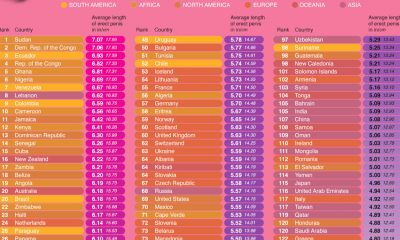
 Maps2 years ago
Maps2 years agoPenis Lengths Around the World
-
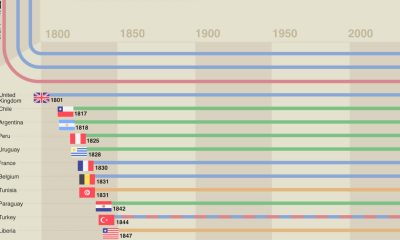
 Timelines2 years ago
Timelines2 years agoA History of the Oldest Flags in the World
-
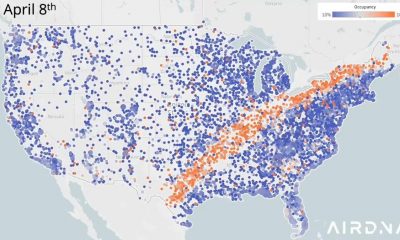
 Business Visualizations2 years ago
Business Visualizations2 years agoNew Animated Map Shows Airbnb’s Fully Booked Cities Along the 2024 Eclipse Path of Totality
-

 Business Visualizations2 years ago
Business Visualizations2 years agoAll The Brands Owned By PepsiCo



